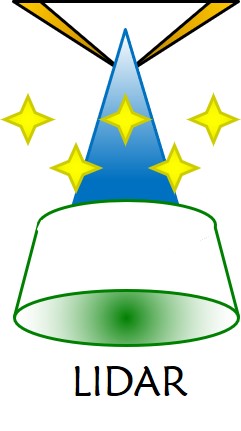Elucidating the role of clouds-circulation coupling in climate
Subtropical regions play a major role in the radiation balance of the Earth due to their dry free troposphere and their ability to emit a large amount of heat to space. Within the marine boundary layer, these regions are associated with low-level clouds that also contribute to cool the Earth through the reflection of sunlight. In the trade-wind regimes, the prevailing clouds are shallow cumuli. They are so ubiquitous that their response to changes in the environment has the potential to greatly influence the global radiation budget. In climate models, the differing responses of these clouds to global warming has been identified as one of the leading causes of uncertainty in climate sensitivity. The models that predict a significant decrease of shallow cumuli with warming predict a higher climate sensitivity than the models that predict weak or no change. To assess the credibility of climate projections, it is thus necessary to understand how these clouds interact with their environment. This was one of the main motivations of the EUREC4A field campaign which took place in January-February 2020 over the western tropical Atlantic, West of Barbados.


From 23 January to 13 February 2020, twenty ATR-42 manned research flights were conducted over the tropical Atlantic, off the coast of Barbados (-58°30′ W 13°30’N), to characterize the trade-wind clouds generated by shallow convection. One of the objectives of these flights was to characterize the trade-wind cumuli at their base for a range of meteorological conditions, convective mesoscale organizations and times of the day, with the help of the sidewards staring remote sensing instrument ALiAS. The lidar sampled clouds from a lateral window of the aircraft over a range of about 8 km, with a horizontal resolution of 15 m, over a rectangle pattern of 20 km by 130 km. The measurements made possible to characterize the size distribution of clouds near their base, and the presence of dust-like aerosols within and above the marine boundary layer. Different levels of data processing are available, ranging from the raw Level‑1 data (https://doi.org/10.25326/57) to the Level-2 and Level-3 processed data that include an horizontal cloud mask (https://doi.org/10.25326/58) and aerosol extinction coefficients (https://doi.org/10.25326/59) . An intermediate level, companion to Level-1 data (Level-1.5), is also available for calibrated and geolocalized data (https://doi.org/10.25326/57).

